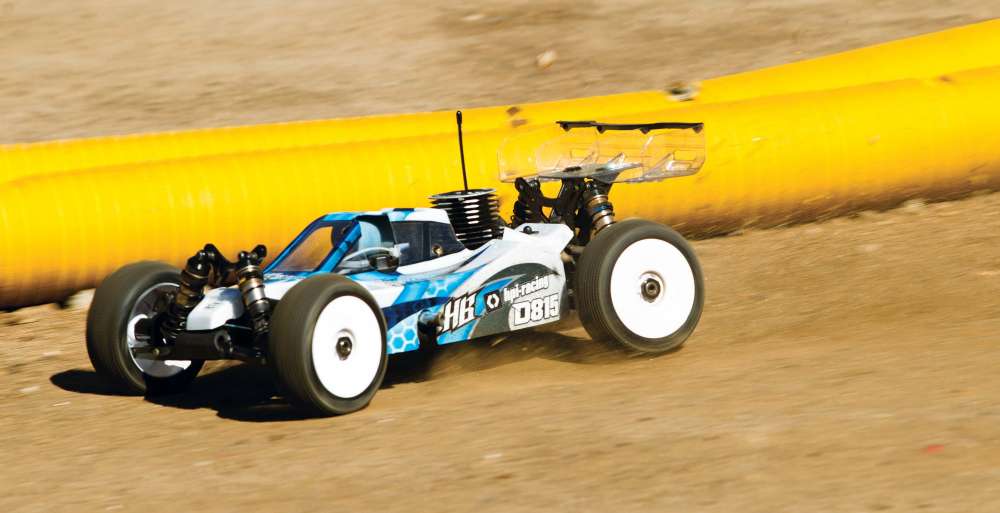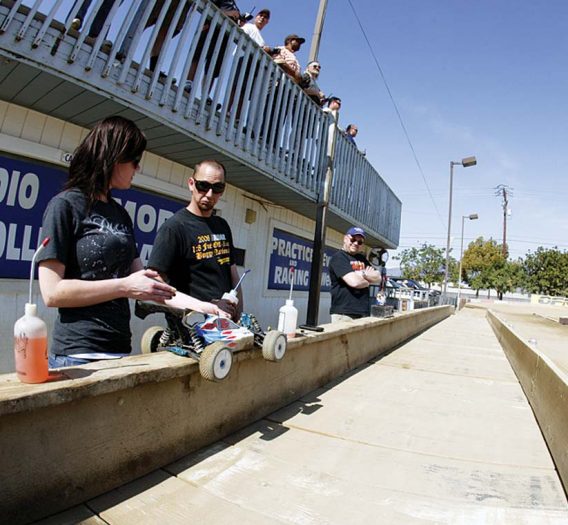Nitro skills and stuff to work on
We’ve all heard the saying, “practice makes perfect,” which is very true, especially in the RC racing world and it just may be the secret to become a better driver. Even in other areas of this website you’ll read articles with pro drivers who will tell you that you need lots of practice to place high at big races and be considered for sponsorships. But did you know that practice isn’t just about driving your car on the track? Yes, track practice is essential to becoming a better driver but there are more areas where you should practice to improve your skills and success at the track. Let’s go through the things you should do if you want to be the best racer at your track.
DRIVING PRACTICE
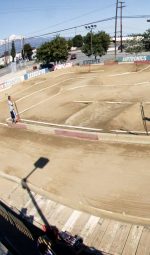 The most natural association with the word, “practice,” is driving on a track. Practicing to become a pro requires driving on the track much more often than the morning before the race. Prerace and club racing does count for practice, but going to the track several times a week will help hone your skills further.
The most natural association with the word, “practice,” is driving on a track. Practicing to become a pro requires driving on the track much more often than the morning before the race. Prerace and club racing does count for practice, but going to the track several times a week will help hone your skills further.
While you are practicing there are many areas to focus on. Try to break down the sections of the track into separate areas to practice. For example; turns. You’ll want to practice entering corners fast, braking, hitting the apex and accelerating out of the turns.
JUMPS
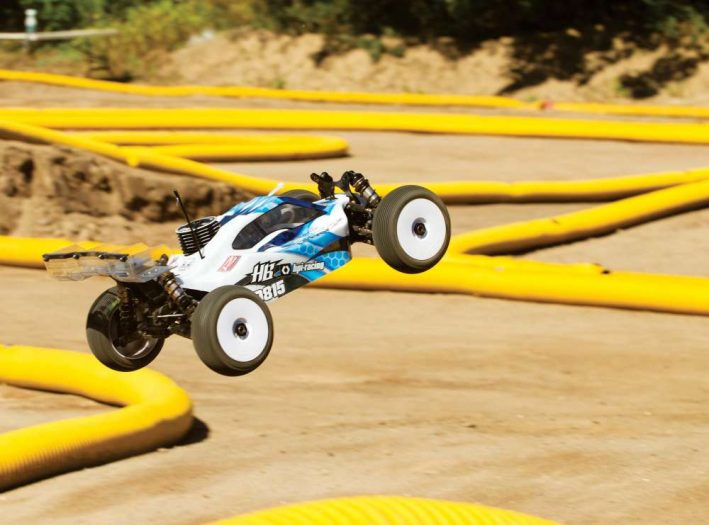
There are so many sizes and shapes and they all require certain techniques for launching them and landing them properly. Some jumps you’ll attack at full speed and hold the throttle to keep the nose up or you may hit the brake to drop the nose when in flight. Letting off before you hit a jump also results in a different type of launch. Sometimes to get the car to squat off of a jump, you attack it at full speed and hit the brake while the car is on the jump’s face. Then there are the landings. Do you land off the throttle or on the throttle? Do you need to correct a landing that won’t be square by crossing up the steering to help pull the vehicle out of a potential crash? These are all things you should practice. Straights are also an area to practice. Just go fast, right? Maybe not; there may not be enough traction to just pull full throttle so you may have to roll on the gas. Then at the end of a straight, where is the braking point? Do you see a mark on a pipe that will help you identify braking points? Again these are all things to look for and practice.
ENGINE, PIPE AND PLUG PRACTICE
Now we’re beyond just driving the vehicle. You should also practice with your power system. Starting up your engine and just going may get you to the end of a race, but will it get you to the front? Spend time tuning your engine.
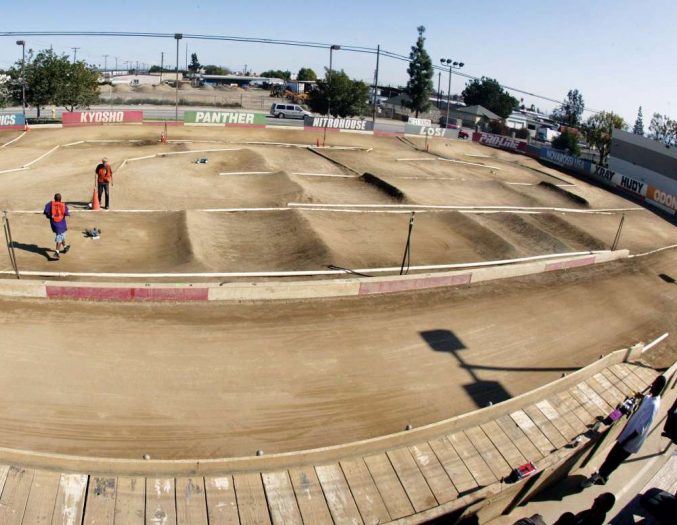 Practice tuning the high end needles so you have good top end on the straights and a little smoke so you know your engine is well lubricated. Next, tune the low end so you get nice, crisp bottom end response. You want that snap coming out of corners or the ability to make jumps with short run ups. Be careful when tuning the low end though; improper tuning can speed up the process of killing an engine. The last of the screwdriver duties is dropping that idle. If your vehicle is pining and moving forward at an idle, your idle is too high. This can cause the vehicle to overshoot jumps and turns and severely hurt lap times. Take your time and practice knowing the tuning range of your engine so you can use it to its maximum potential.
Practice tuning the high end needles so you have good top end on the straights and a little smoke so you know your engine is well lubricated. Next, tune the low end so you get nice, crisp bottom end response. You want that snap coming out of corners or the ability to make jumps with short run ups. Be careful when tuning the low end though; improper tuning can speed up the process of killing an engine. The last of the screwdriver duties is dropping that idle. If your vehicle is pining and moving forward at an idle, your idle is too high. This can cause the vehicle to overshoot jumps and turns and severely hurt lap times. Take your time and practice knowing the tuning range of your engine so you can use it to its maximum potential.
The engine isn’t the only part of the power system to mess with. Try changing tuned pipes as well. Simply stated, the pipe you are running may not be the best pipe combo for your mill. If your wallet allows, pick up an additional pipe or two to try. Or, if your fellow racing buddies are really cool, maybe they will let you try a pipe. The reason to try different pipes is that changing the pipe may change the power band so it’s more useable for your driving style. A different pipe may yield more top end with your engine or you might get better fuel mileage with a pipe change. Be aware though; you can’t just slap a tuned pipe on and try it, you’ll need to retune your mill.
Plugs: These components leave so many racers with questions. Which one is the best? Which one do I use when? There’s no easy way to tell you which one is best for your engine on a certain day with a certain fuel at a certain elevation. But a few extra bucks spent at the hobby shop for some different plugs of different heat ranges can make a difference in finding the right plug for your engine. I like to stick with the same manufacturer when purchasing plugs. You don’t want to switch brands in case the taper of their plug is different on a turbo-style plug. Also, if you stick with the same manufacturer you can easily track changes between each heat range plug. Remember, you’ll have to retune here to get optimum performance out of your engine. Practice, practice!
CLUTCH PRACTICE
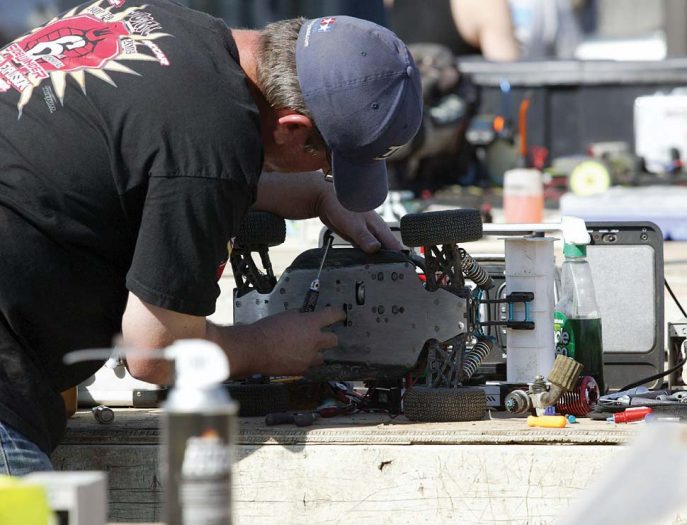
Install the clutch and go. But what if you used a composite shoe or two along with an aluminum shoe or two? Or what happens if you use two 1.1 and one 1.0 springs in the clutch assembly? Different clutch setups will alter the snap feel of the engine under acceleration. Other setups can act smooth and help you accelerate through bumps easier. Take the time and practice trying different clutch setups, especially if you are practicing on different tracks.
VEHICLE TUNING PRACTICE
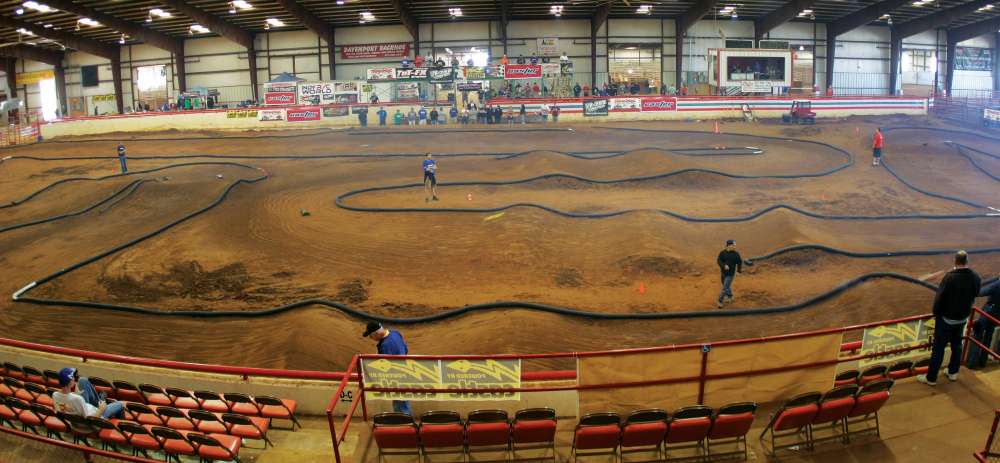
You spent a lot of time choosing your car and perhaps you chose it because of all of the tuning options available for it. So why not use those tuning options? Practice changing the shock angle or the camber rod locations, shock oils, diff oils, springs, pistons and tires. Even if you know what the changes will technically do for you, you should try practicing with the changes so you know how your car will react or how you may have to alter your driving style to adapt to the changes.
RADIO PRACTICE
Talk to the pros and some will tell you they don’t alter their radio settings other than setting end points and trims. Talk to others and they change expo rates and steering speeds. Some like the built-in lap timers or run-time timers. If you dropped a lot of coin on a high end radio, practice using the features at the track. Take a few laps with a servo speed change or a little negative expo on the throttle or steering. It may help you smooth out your driving style and bump up your lap times. Practice hitting the lap timer so you can see if all of your changes work.
PIT PRACTICE
You’ve practiced for hours on the track. You’ve practiced your tuning skills. So don’t lose the race due to a slow pit. If you’re buddies with your weekly pit guy, bring him along on your day of practice. He’ll probably want to practice too, but offer to buy him lunch if you practice pit work.
You should first concentrate on coming into pit lane quickly and safely. You don’t want to come in to the pit hot, catch a pipe or board and flip into an unsuspecting pit lane crowd. Not only will you lose valuable time, but you can hurt someone.
Next, practice signals. Work out signals with your pit member for richening, leaning, high-end adjustment, low-end adjustments, idle adjustments, shock pre-load adjustments and fuel. I particularly like the fuel fill signal which most drivers use, the “I’m squeezing a squeaky dog toy” grip.
The rest of the practice method is up to your pit guy. Grabbing the car and settling it down on the pipe or board, grabbing the fuel tank lid handle, filling it as quickly as possible with a fuel gun or bottle, making sure the lid flap closes and tossing the vehicle down pit lane. To practice pitting, you don’t have to fuel the vehicle each time. Simply running through the routine with an empty fuel filler will work.
KEEP PRACTICING
Don’t expect to become a pro with one practice session; it takes a lot of time and a lot of work. But like with anything, the more practice you get, the better you are at completing a task – and even driving.
By Steve Trebing
 RC Driver The Best In RC Car & Truck News, Reviews & Video
RC Driver The Best In RC Car & Truck News, Reviews & Video 


